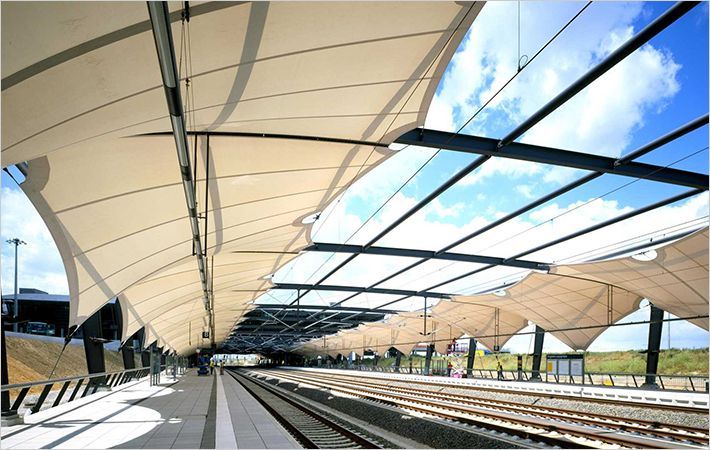Ford Goes Further to meet Front End Performance Requirements across Global Markets
Ford drove home with the top award in the Chassis/Hardware category for a single-piece front bumper energy absorber (EA) design with enough tuning flexibility to meet the competing requirements that exist in the global market.
Ford, working with Magna Exteriors and Interiors and SABIC, chose XENOY 1103 resin, a polycarbonate (PC) / polybutylene terephthalate (PBT) blend for this unique part on the 2014MY Fusion and Mondeo vehicles. XENOY resin provides excellent energy absorption upon impact, with the necessary stiffness, and retains its structural integrity across a wide range of temperatures. Design flexibility is achieved by adjusting material thickness and geometric features in the injection-molded part as appropriate for varying regional market requirements.
In addition to fulfilling the critical role of impact energy absorption with superior structural strength, this energy absorber system reduces complexity in design, manufacturing and assembly. The single-piece global design concept eliminates the need for different energy absorbing materials, bumper beams and bumper fascias in different geographies with different impact requirements.
Made from SABIC’s lightweight plastic material, the energy absorber is 40 percent lighter and 10 percent less costly than a comparable part made out of steel. The part is 20 percent lighter than thicker polypropylene-based energy absorbers. These weight savings contribute to better fuel economy.
Finalist Applications from Ford, Nissan and Volkswagen Impress
SABIC materials and support were also present in the following finalist applications:
-2014MY Lincoln MKZ luxury sedan, fully retractable panoramic roof system, Body Exterior category: Ford used hard-coated LEXAN resin, a PC material, for the trim panels of this retractable roof, replacing acrylic to achieve improvements in both scratch/mar performance and dimensional stability.
- 2013MY Nissan LEAF electric vehicle, battery pack, Electrical Systems category: Nissan chose NORYL N1150 resin, a modified-polyphenylene ether (mPPE) material, for key components of its Lithium-Ion battery pack system. Use of NORYL resin allowed Nissan to cut part weight by up to 20 percent. The resin’s high-temperature and long-term dimensional stability led to a significant improvement in part quality and enabled further stable battery production in Nissan’s automotive assembly system.
- 2013MY Volkswagen XL1 diesel plug-in hybrid, side windows, Body Exterior category: The side windows, the only set of their kind in the industry today, are produced through a two-shot injection-molded solution using SABIC’s EXATEC plasma coating technology on LEXAN resin and CYCOLOY resin, a PC/ABS (acrylonitrile-butadiene-styrene) material.
These solutions reduce the weight of the side windows by 33 percent vs. conventional glass solutions, while delivering a high quality optical appearance and scratch-resistant surface, aerodynamic features that help improve fuel economy, improved thermal insulation and reduced fogging. SABIC provided full application development support to Volkswagen in the design, engineering and production of the side windows.
Saudi Basic Industries Corporation (SABIC)

